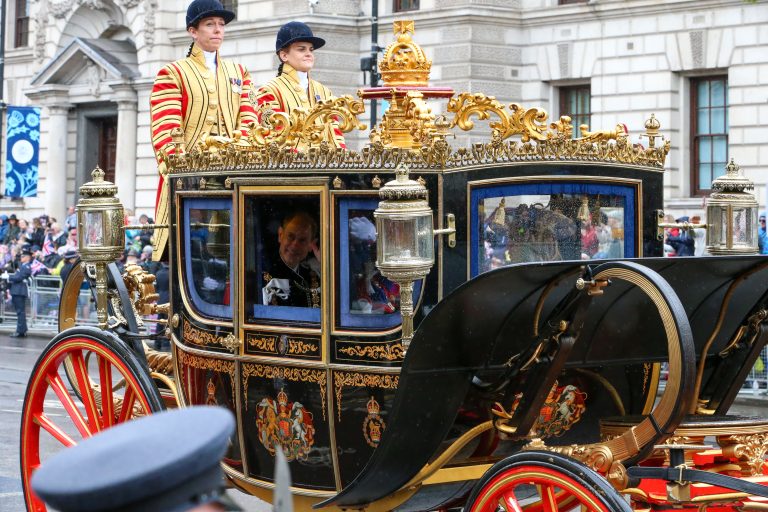
We raise our glasses to him every March 17th. We wear green in his name, toast Guinness to his memory, and parade him through cities from Dublin to New York. But behind the myth, behind the prayers, behind the shamrocks and snake tales — who was Saint Patrick, really?
Whispers echo through time — Was St. Patrick a slave trader? A tax collector? A man of the empire rather than a rebel of the cross?
The truth isn’t neat. And Patrick wasn’t a sanitized saint etched in marble. He was flesh, bone, contradiction, and courage—and if we’re to understand his legacy, we must confront the uncomfortable questions too.
For deeper insight into the many layers of Saint Patrick, explore Saint Patrick’s Breastplate – The Warrior’s Prayer That Shielded a Nation, Ireland’s Ancient Holy Wells of Saint Patrick, and Did St. Patrick Banish the Snakes from Ireland? Myth, Metaphor, and the Truth Beneath the Legend. For Ireland’s wider revolutionary soul, revisit Michael Collins, Dan Breen, The IRA Squad, Eamon de Valera, and Irish Immigration.
Was Saint Patrick a Slave? Yes.
Let’s start with certainty: Patrick was a slave.
At the age of 16, he was kidnapped from Roman Britain by Irish raiders and sold into slavery in Ireland, tending sheep in Antrim or Mayo. He lived in isolation for six years—cold, hungry, and alone.
This is not legend—it’s taken from his own words in his autobiographical text, Confessio.
His escape back to Britain, his spiritual awakening, and his return to Ireland as a missionary became the spine of the story we all know.
But Was He a Slave Trader?
Here’s where the narrative gets murky.
There is no direct evidence in Confessio or early Christian records that Patrick was involved in the buying or selling of slaves himself. But he lived in a time where slavery was woven into the economic and spiritual fabric of society, including Christian society. Some early bishops, including those who ordained Patrick, tolerated slavery as a societal norm.
If Patrick had servants or slaves after his return as a bishop, it wouldn’t have been unusual for a man of his station. But does that mean he actively traded in human lives? Most scholars say no. Yet the possibility of complicity—of participation in an unjust system—is not beyond question.
He may not have held the chains, but he preached in a world that did.
Was Saint Patrick a Tax Collector?
This theory arises from a misinterpretation of Patrick’s Roman background. His family was wealthy Roman-British, with his father, Calpornius, described as a decurion—an official responsible for tax collection and civil duties in the Roman system.
While some suggest Patrick may have followed in his father’s bureaucratic footsteps, there’s no hard evidence that he himself was a tax collector.
Instead, Patrick turned his back on privilege, rejecting his inheritance, and choosing a life of wandering evangelism. In his own words, he was “a stranger and an exile among barbarians”, embracing the spiritual path rather than the imperial one.
So Why Do These Rumors Persist?
Because legends are never enough. We crave complexity. And saints sanitized by centuries make poor reflections for the messy human soul.
The question of Patrick’s complicity in slavery or empire is a way for modern minds to wrestle with historical contradiction — to challenge the myth and find meaning in the cracks.
But Patrick’s writings, humble and self-critical, suggest a man haunted by sin, driven by purpose, and defiant in faith — not a taxman for Caesar, but a rebel of the soul.
How Should We See Patrick Today?
As a saint and a servant.
As a symbol and a man.
As a missionary who walked back into the land of his captors — not with vengeance, but with fire, poetry, and grace.
He may not have driven snakes from Ireland, but he drove fear from his own heart, and lit a path many still follow.
Final Thoughts: Saints, Shadows, and the Stories We Carry
So, was Saint Patrick a slave trader? Unlikely.
Was he a tax collector? Probably not.
Was he complicated, courageous, and deeply human? Absolutely.
If we’re to truly honor his legacy, let’s not reduce him to hagiography or folklore. Let’s remember him as a man who faced the abyss, walked back into it, and brought light where there was darkness.
His journey wasn’t perfect. But neither is ours.
So when you raise a pint this March 17th, raise it not to myth — but to the flawed, fearless, fire-hearted man beneath the robes.
Sláinte. ☘️
Would you like an image to bring this narrative to life?






